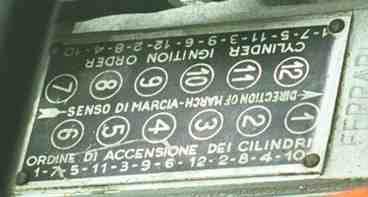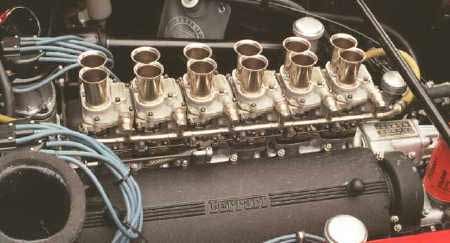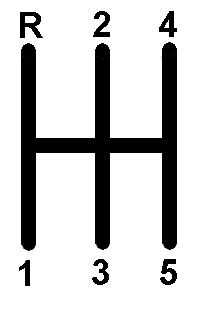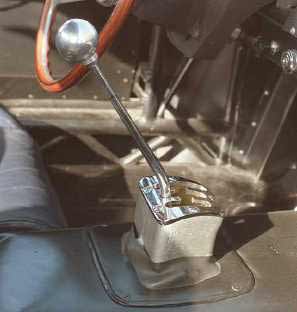
The famous Car and Driver
Comparison
Ferrari GTO

Ferrari GTO Part Two
Ferrari GTO Photos
Racing Ferrari GTOs
3729 GT Up Close
1984 Ferrari GTO
GTO Cutaway Drawing
Ferrari GTO Trivia
GTO Books
To many enthusiasts, a Ferrari is more an engine than a car. Nobody can deny that the Ferrari name is synonymous with the most exciting automotive powerplants ever produced. In the case of the GTO, detractors insist that the competition success was due to the motor and that Ferrari neglected the chassis developement. Others will point out that the racing success could not have been achieved without both elements in place. The Ferrari GTO is a V12 engine. Displacement is 3.0 liters, or to be precise, 2953 cc (180 cubic inches). It originally saw service in the 250 series of Ferraris manufactured in the 1960s and was designed by Gioacchino Colombo. There were a few modifications for GTO service, the most significant being dry sump lubrication. Both the block and heads were made of alloy alluminum. The steel crankshaft was a seven main bearing design. A copper radiator kept things cool with a set of "D" shaped openings (below) which could be configured for either road or racing use. A copper oil cooler was mounted in front of the radiator, but strangely enough no thermostat or cooling fan was supplied. A few owners fitted electric cooling fans for increased piece of mind. 
All 250 GTO engines were tested on a dynomometer and found to achieve between 290 to just over 300 horsepower, peaking at around 7500 rpm. 
|
|
|||||||||||||||||||||||||||



